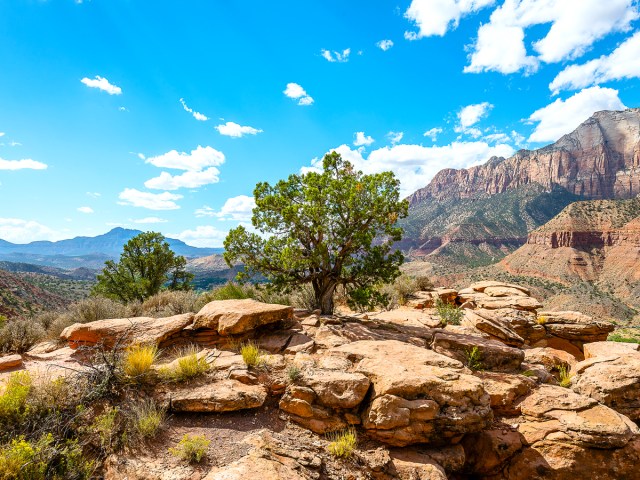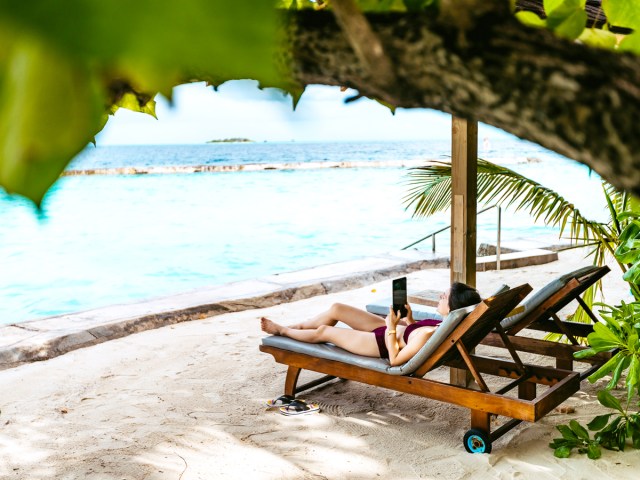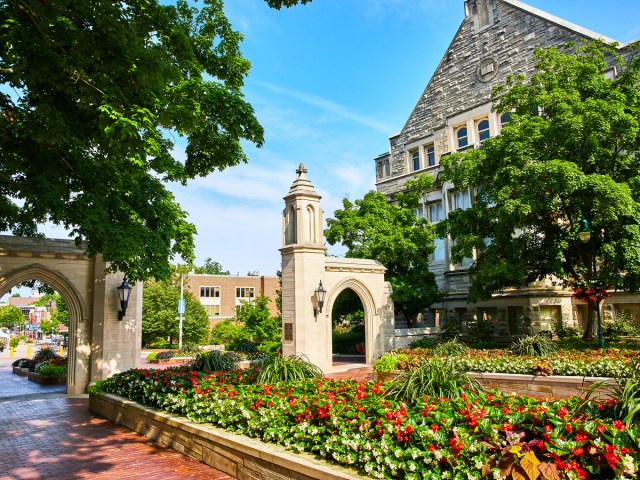You’ll often find that a country’s capital is also a major population center. But despite being the seat of government of their respective nations, some capital cities claim populations of only a few thousand people — or sometimes even less. While they might be small, these cities have plenty of appeal for residents and tourists alike, from delicious local dining and pristine beaches to mountain hikes and fascinating historical sites. Check out the world’s 10 smallest capital cities by population.
10. Roseau, Dominica
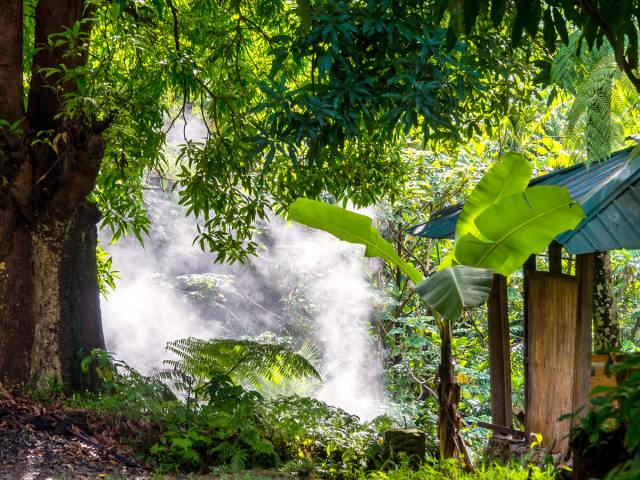
Population: 16,600
Area: 2.1 square miles
The vibrant tropical nation of Dominica spans 289 square miles as part of the Caribbean’s Windward Islands. Dominica’s capital city, is the world’s 10th-smallest capital by population.
Despite its small size, Roseau has its advantages for visitors: It is close to some of Dominica’s best outdoor adventure spots, including Papillote Tropical Gardens, Trafalgar Falls, and Morne Trois Pitons National Park. The latter is home to hot springs, Dominica’s famous “boiling lake,” and five volcanoes. For the best views of Roseau, take a short hike up Morne Bruce, a small but scenic peak just outside the city.
9. Basseterre, St. Kitts and Nevis
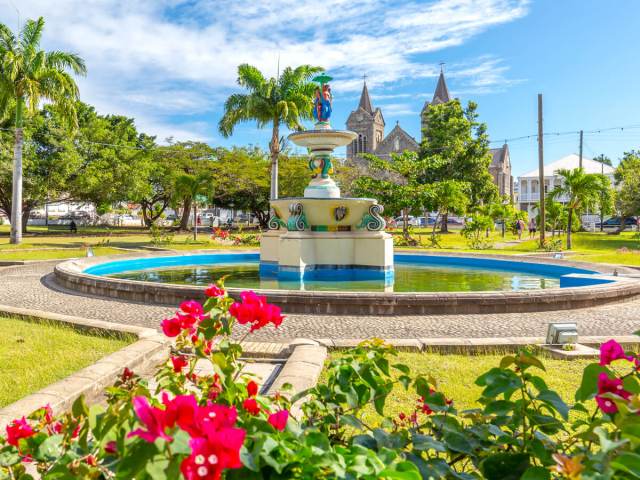
Population: 12,900
Area: 2.5 square miles
Though it is one of the smallest capital cities in the world, Basseterre is indeed the largest and most populated city in the dual-island nation of St. Kitts and Nevis. At the heart of this charming capital city is the Circus, a landmark square that centers around a Victorian-era Berkeley Memorial clock tower from Scotland.
Just a 15-minute drive from downtown are Frigate Bay and Friar’s Bay, two of the most scenic beaches on St. Kitts. Travel north of the city to board the St. Kitts Scenic Railway, an early 20th-century train that takes visitors past villages and farms as it meanders through the countryside.
8. Funafuti, Tuvalu
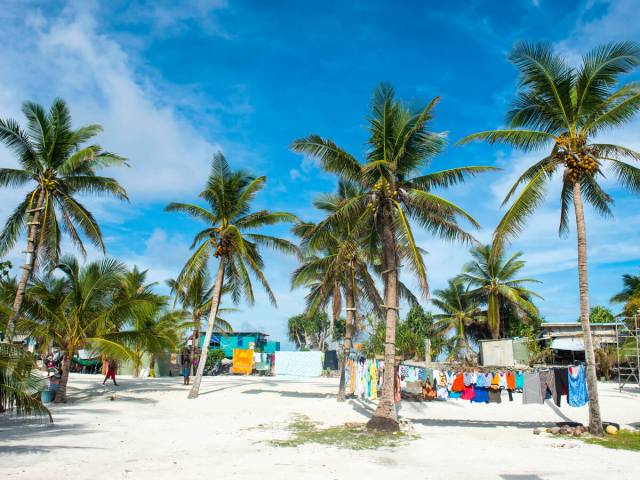
Population: 8,000
Area: 0.9 square miles
Funafuti is an atoll (a ring-shaped reef) that serves as the capital of Tuvalu, a country composed of nine islands in the South Pacific Ocean, north of Fiji. Most of the government buildings in Funafuti are located in the village of Vaiaku. Despite its remoteness, Funafuti has an international airport and several hotels that welcome visitors to explore nearby coral reefs and sandy beaches. Boating and water sports are especially popular here, thanks to the protected lagoon inside the atoll.
7. Palikir, Micronesia
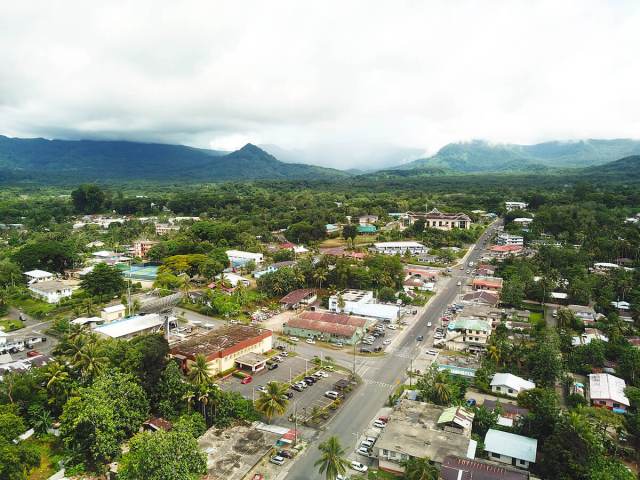
Population: 7,000
Palikir, located on the island of Pohnpei, serves as the capital city of the Federated States of Micronesia, an island chain in the western Pacific Ocean. The tiny city is known for surfing, diving, and waterfall hikes. The stone ruins of Nan Madol, a short drive across the island from Palikirm, were sacred to native Pohnpeians from the 13th century until the 18th century, when it served as a fortress, seat of government, and religious center. Today, the site is open to the public to learn more about Indigenous history in Micronesia.
6. Valletta, Malta
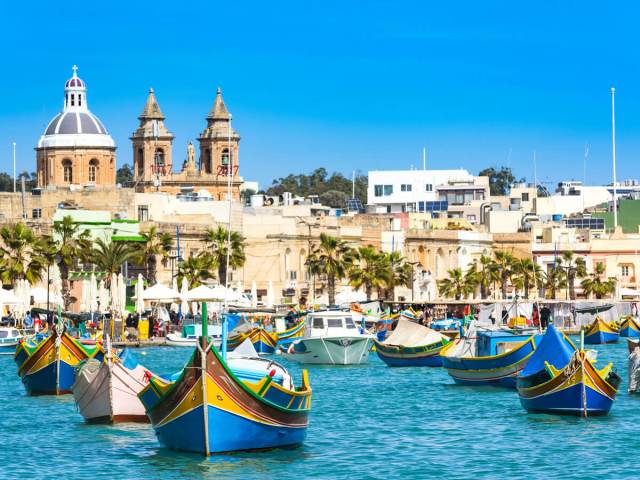
Population: 6,000
Area: 0.24 square miles
Established by the Knights of St. John, Valletta became the capital city of Malta in 1570. The historic walled city — one of the top 10 smallest capital cities in the world — is known for its museums, ornate palaces, and churches spanning centuries of history.
One of Valletta’s top attractions is the Lascaris War Rooms, a set of underground tunnels and chambers used by Allied powers during the invasion of Sicily in World War II. Located near its historic center, Valletta’s scenic waterfront is lined with shops, restaurants, and cafés.
5. Vaduz, Liechtenstein
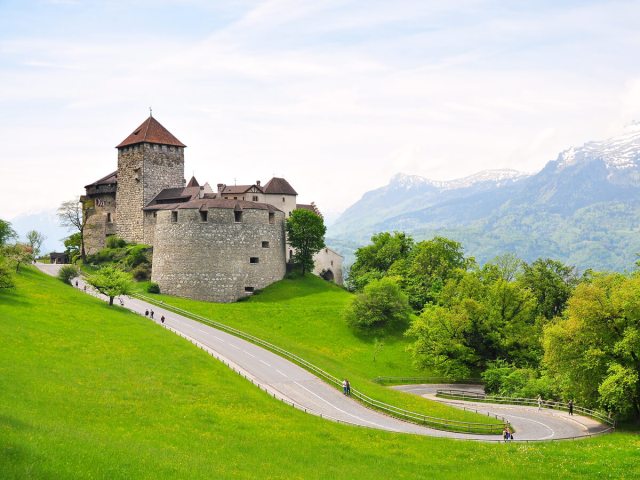
Population: 5,800
Area: 6.67 square miles
Vaduz is a charming alpine town located on the Rhine River, near Liechtenstein’s border with Switzerland. Overlooking the city is the 12th-century Vaduz Castle, home to the Prince of Liechtenstein and his family. Hiking the mountain to the castle is a popular activity for visitors, as it offers stunning views of the snow-capped mountains in the distance. The town center has something for everyone, from Kunstmuseum Liechtenstein (a contemporary art museum) to cozy bed-and-breakfasts and swanky eateries.
4. San Marino
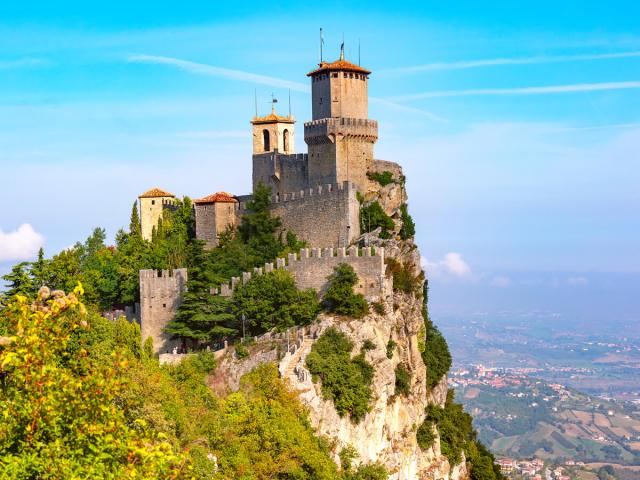
Population: 4,000
Area: 2.74 square miles
This picturesque UNESCO World Heritage Site is situated on Mount Titano in the city-state of San Marino (one of the smallest countries in the world, which is completely surrounded by Italy). The city-state’s most recognizable feature is its trio of citadels — called Guaita, Cesta, and Montale — which are perched on top of Mount Titano’s neighboring peaks. Guaita and Cesta are open to the public for tours.
The city itself dates to the fourth century, making it the world’s oldest surviving constitutional republic. Remnants of its distant past can still be viewed today, including its cobblestone streets and stone wall fortifications dating to the Middle Ages.
3. Yaren, Nauru
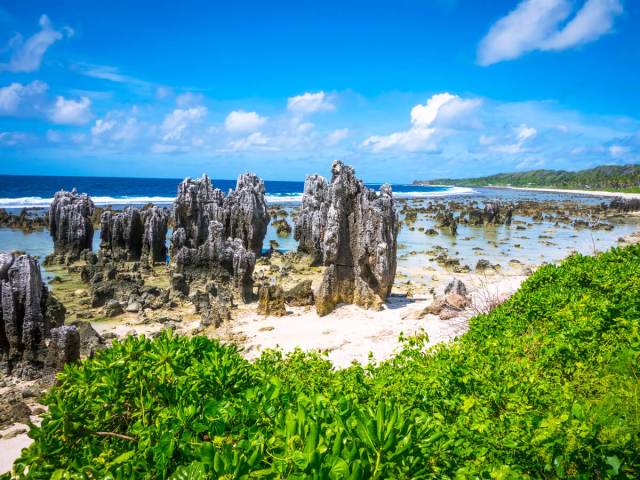
Population: 950
Area: 0.6 square miles
The tiny island nation of Nauru is located about 2,500 miles northeast of Australia, near Micronesia. It only takes 30 minutes to circumnavigate this island, so any of its attractions are easily accessible from the capital of Yaren, one of the smallest capital cities in the world.
Anibare Bay, one of the island’s most scenic beaches, is a 10-minute drive from Yaren and is known for its otherworldly coral formations and beautiful blue waters. History buffs will want to check out the nearby remains of World War II Japanese outposts, prisons, and watchtowers. Although this island is remote, the Nauru International Airport offers flights to Brisbane, Australia, and several Pacific islands.
2. Vatican City
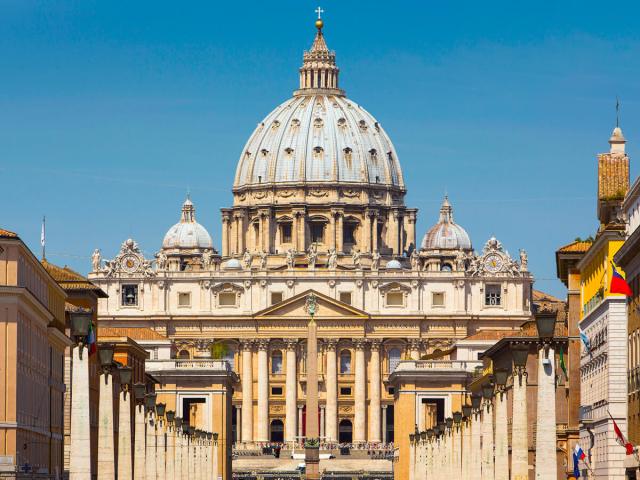
Population: 500
Area: 0.19 square miles
Despite being the world’s smallest country by area and population, Vatican City is home to some of Europe’s most-visited sites. This city-state is entirely surrounded by Rome, Italy.
The Vatican is home to St. Peter’s Basilica and the Vatican Museums, including the Apostolic Palace (the pope’s official residence) and the Sistine Chapel, where Michelangelo’s famous Renaissance-era frescoes adorn the ceilings. Centuries of history, art, and culture make the Vatican one of the world’s most-visited capital cities, despite its small size.
1. Ngerulmud, Palau

Population: 200
Area: 0.17 square miles
Palau is located in the western Pacific Ocean, east of the Philippines. Ngerulmud, on Palau’s Babeldaob island, was named the capital of this island nation in 2006, replacing Koror City. It is currently the world’s smallest capital city.
Given its small population, it will probably come as little surprise that Ngerulmud boasts only a few restaurants and shops. Visitors to the world’s least-populated capital city will likely want to stay about 40 minutes south of Ngerulmud on Koror Island, which is connected to Babeldaob via the Japan-Palau Friendship Bridge. An abundance of oceanfront resorts, fresh seafood restaurants, local shops, and family-friendly beach activities are found on Koror.
More from our network
Daily Passport is part of Optimism, which publishes content that uplifts, informs, and inspires.











